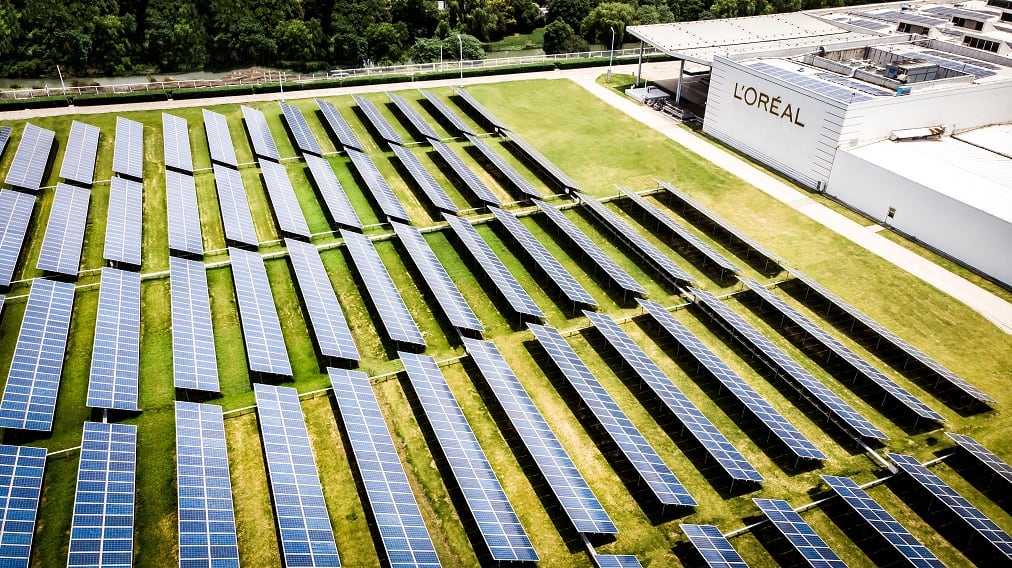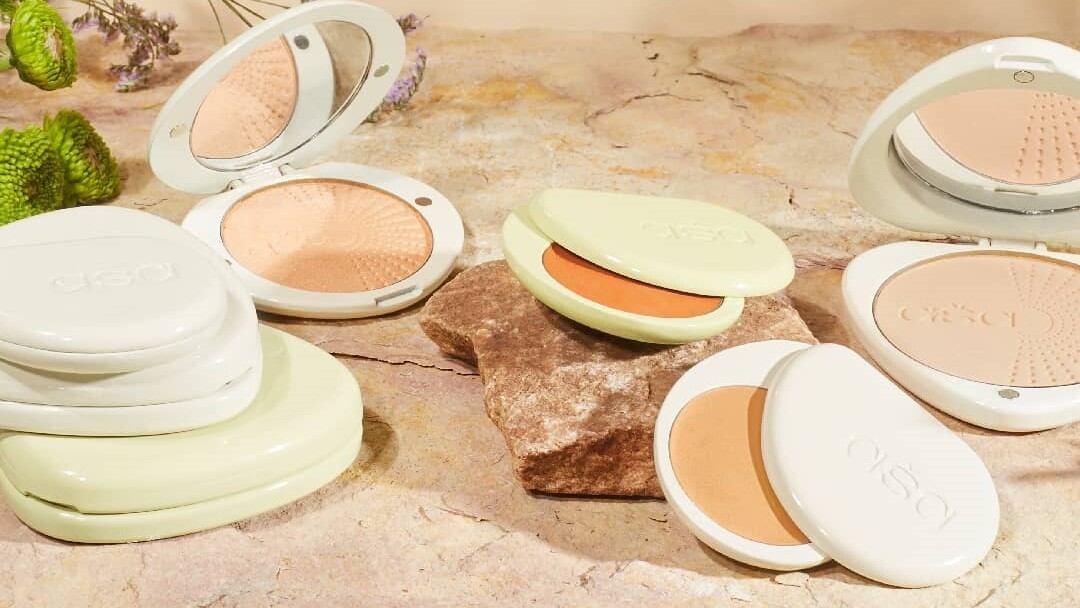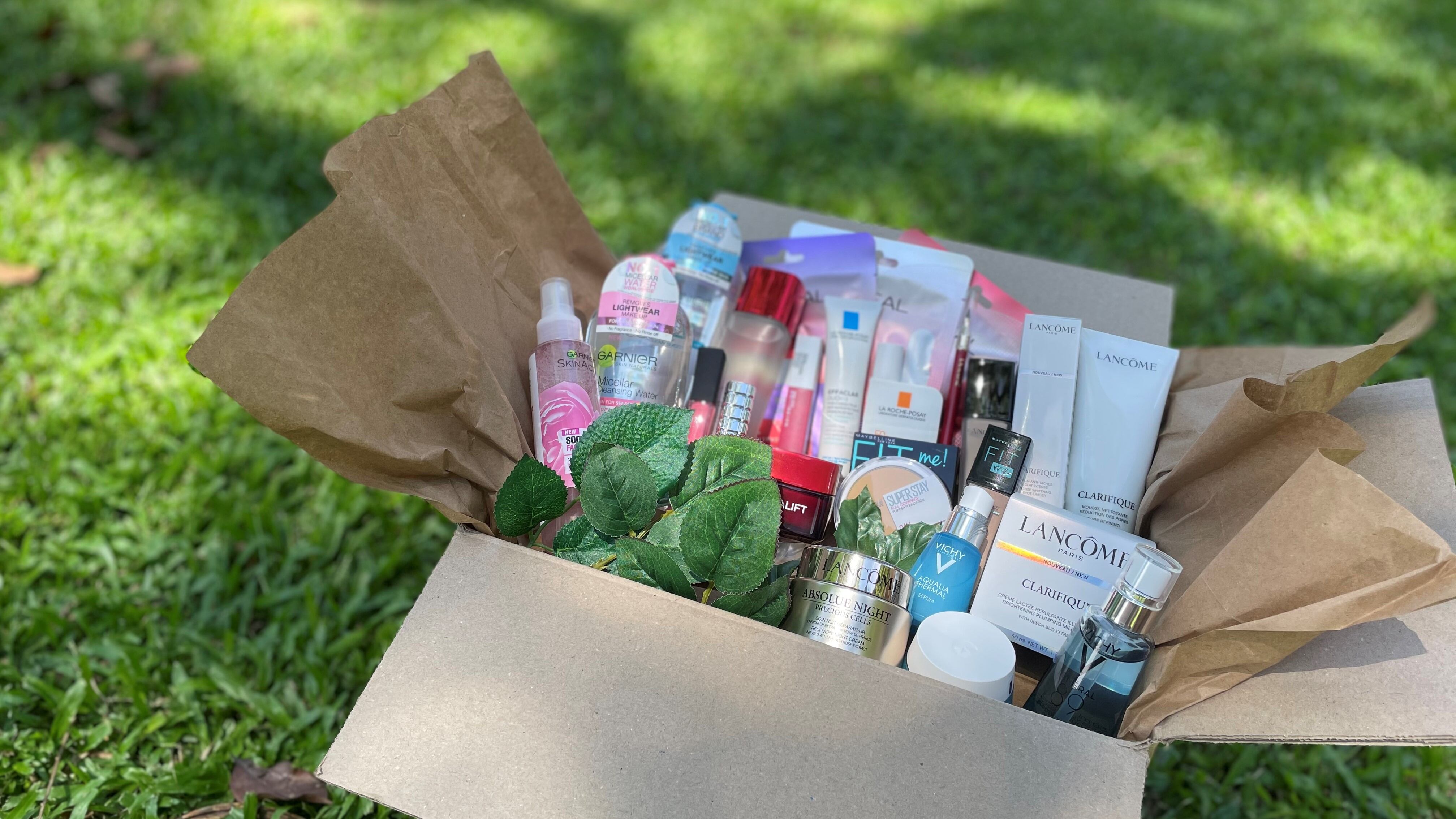The COVID-19 health crisis has accelerated the growth of certain categories including the demand for sustainable beauty products, especially among the younger generation of consumers.
As such, cosmetics giant L’Oréal is placing focus on sustainable development to meet the expectations of consumers in South Asia Pacific, Middle East and North Africa – dubbed SAPMENA – which is home to 40% of the world’s population with a median age of 28.
It is this consumer base that is pushing cosmetic companies to improve their sustainability standards and take responsibility for the products they put on the shelves.
Vismay Sharma, president of L’Oréal SAPMENA acknowledged that a reuse-based program would be significant to the sustainable beauty movement.
“Our own commitment around plastic is that by 2030, all our plastic will be either recycled or coming from biobased sources – and it should be refillable as well, which is the key thing.
“If I’m using a glass bottle only once, the total water and heat that you end up using for breaking down and recycling the glass will be higher than the impact created by a plastic bottle. The key thing is getting consumers into the habit of reusing their packaging.”
The company’s Garnier brand is working with TerraCycle’s global reuse platform, Loop. It also recently launched Life Plankton Elixir Blue Fountain, a refill initiative under Biotherm.
“We have started on some things, but I have to be honest, it’s far from what we would like. So, this is an area we will focus on and for sure, we will put the infrastructure into place,” said Sharma.
That would require the company to work with multiple partners, such as TerraCycle’s Loop, as well as its retailers.
“There has to be an infrastructure which allows you to at the end of the usage of the product, go into a store and refill it… You would need to have a significantly higher number of stores. It doesn’t happen with one company, there has to be a combination of companies and retailers.”
Furthermore, there is the challenge of getting consumers to form a new habit of reusing old packaging.
“This will all depend on education. We have to educate our consumers; we have to provide them the resources that allow them to do the right thing,” said Sharma.
While Sharma is certain more consumers will be convinced to change their habits, he believes the jury is still out on when this will become the mainstream.
“The pace at which consumers are becoming more and more sensitive on sustainability, biodiversity and preserving biodiversity, I think the idea of reusing containers and a circular economy will continue to go up. Whether it will become mainstream, I don’t know, but I hope it does.”
Ahead of the pack
While the bar for sustainability is set is significantly higher than before, Sharma believes L’Oréal continues to be ahead of consumer expectations.
“At the peak of the COVID-19 pandemic, we started to see the impact of human activity on the environment. That sensitivity has gone up and I think all of us should be happy that the consumer is becoming more demanding. For us, that hasn’t really changed anything because, at all points in time, our efforts have been ahead of consumer expectation.”
Last June, L’Oréal outlined a range of sustainability measures for its ‘For the Future’ programme. The bold 2030 plan included goals for 95% of ingredients to be bio-based, derived from abundant minerals or circular, and for all plastic packaging to be recycled or bio-based.
Sharma highlighted that the international beauty major has been making efforts to reduce its impact on the planet since 2005.
“When we started this journey in 2005, we didn't do it because it was a government regulation – there were no regulations at that point in time – it wasn't because there were consumer groups telling us to do it, we did it because we know it's the right thing to do.”
He noted that while the business has more than doubled since then, it has managed to reduce its total carbon dioxide emissions by 81%.
Despite its achievements, Sharma said that the firm does not think it has exhausted its efforts in ensuring sustainability.
“I would say we are in the middle of the journey. Frankly, it will always be a journey. All of us will have to take into account that we have to keep moving and we have to keep improving every single day.”





